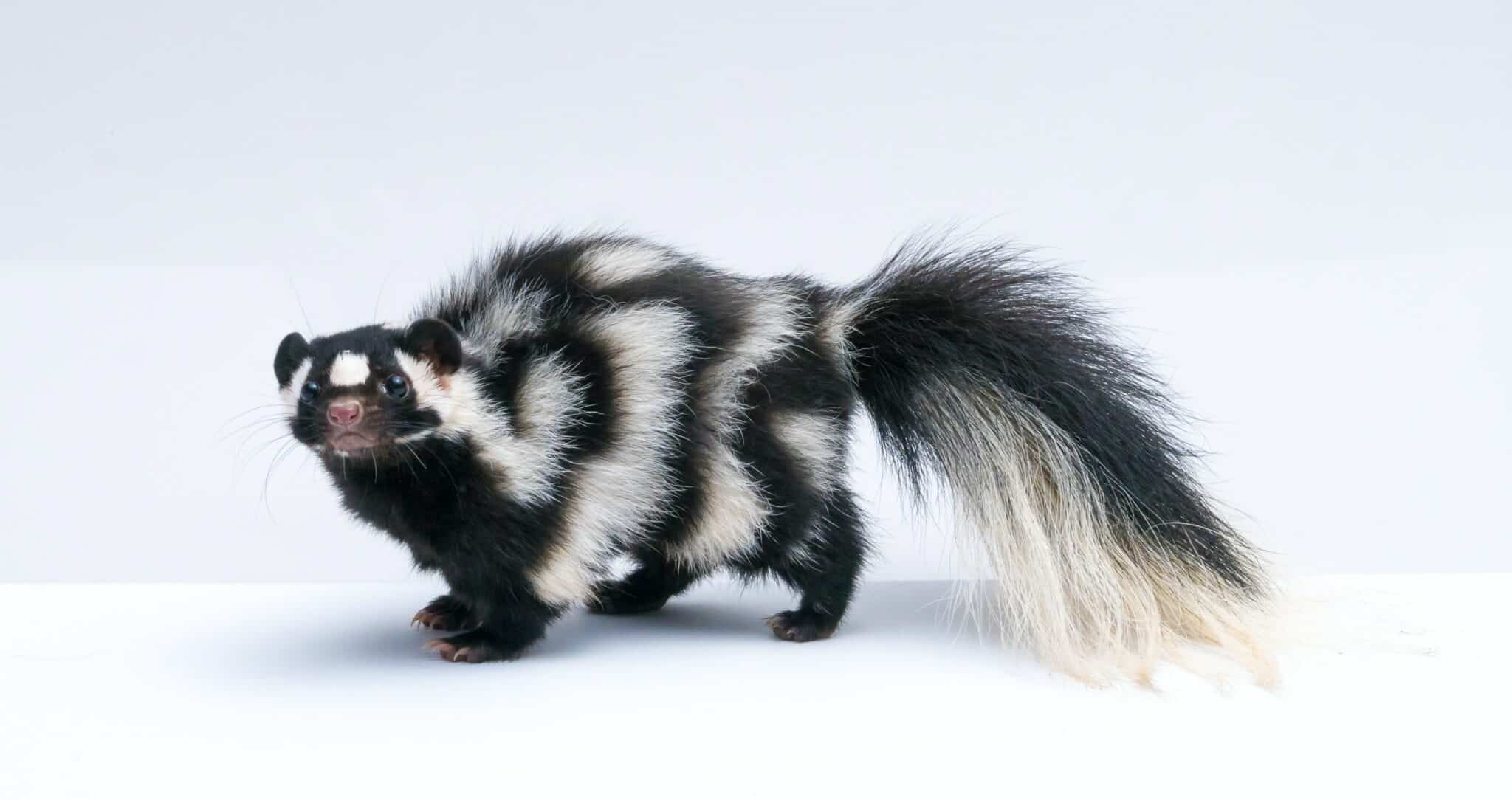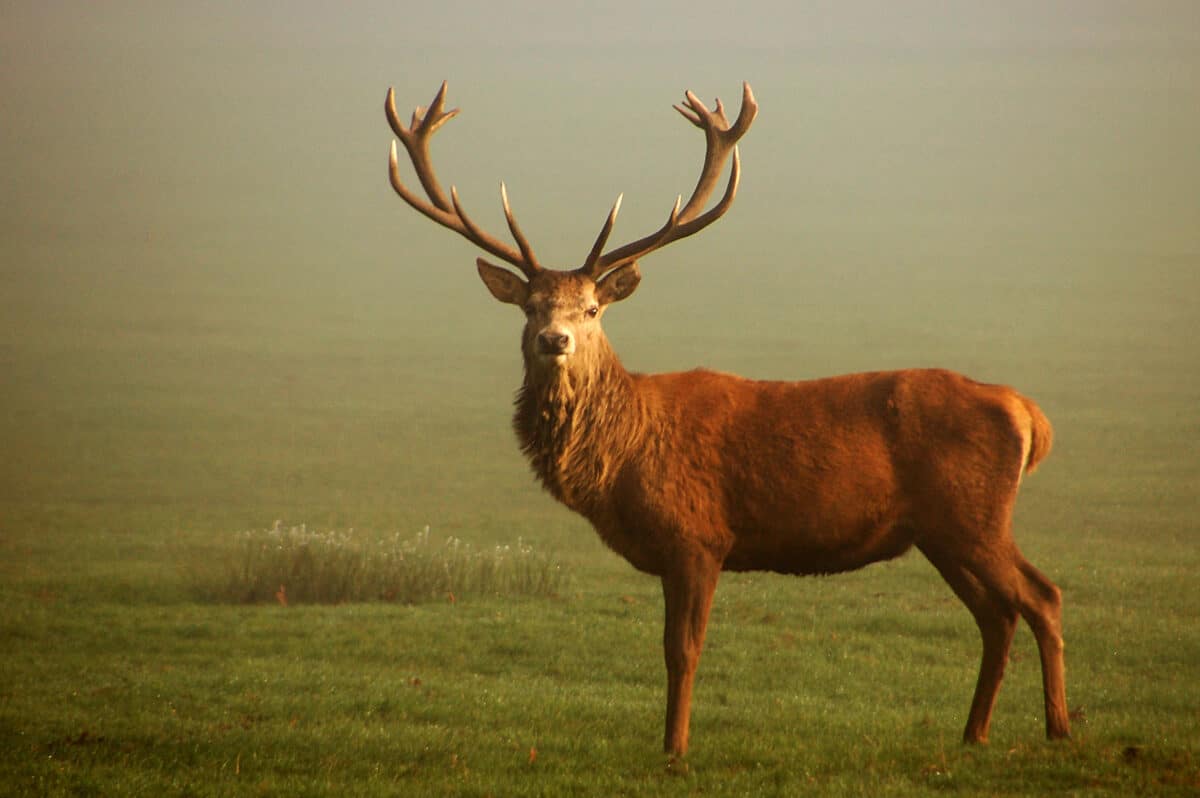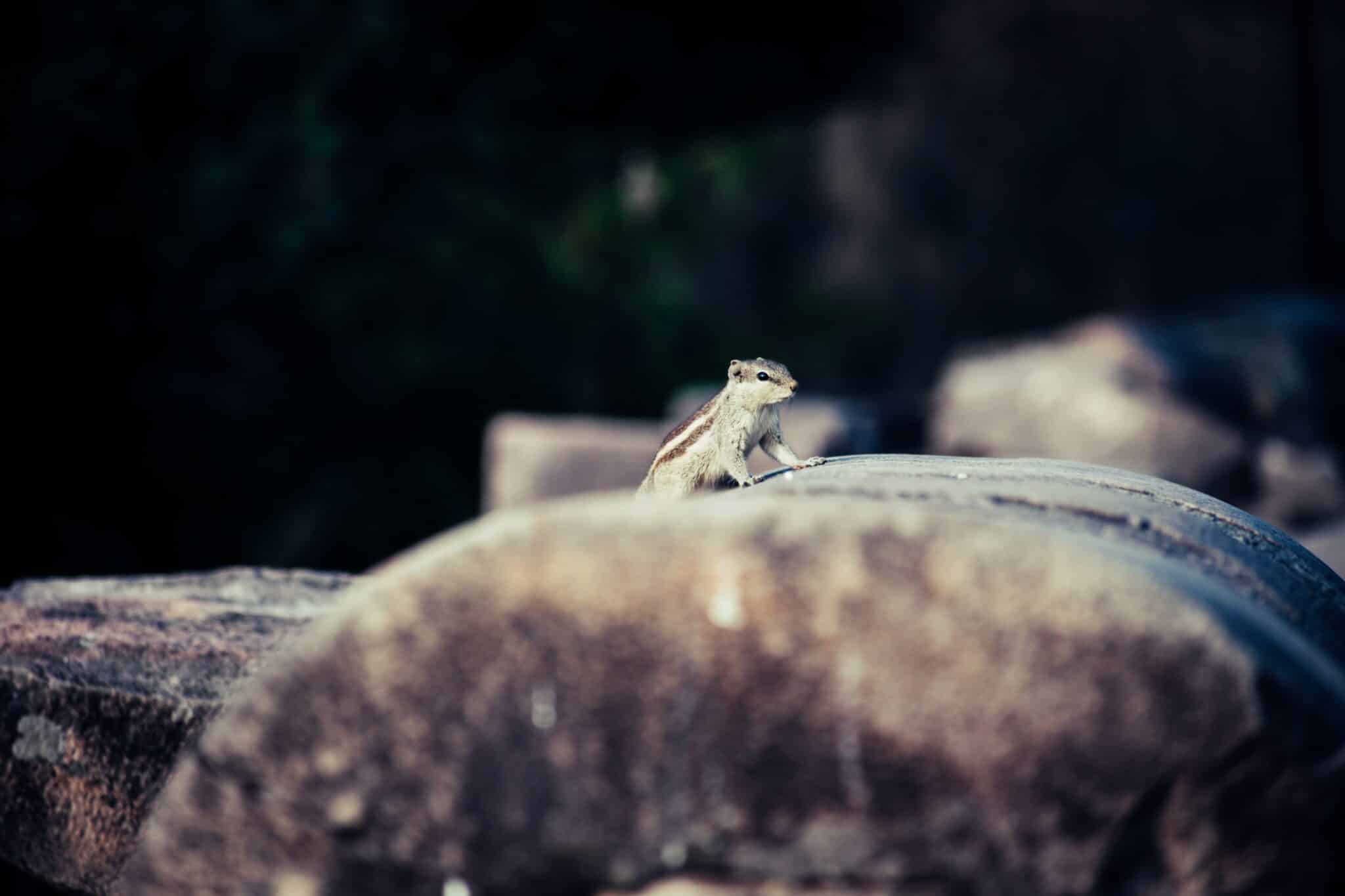Welcome to Animals and Wildlife in Utah.
Utah comprises three central geographical regions: the Rocky Mountains (across the northeastern border near Idaho and Wyoming), the Great Basin near the Nevada-Arizona border, and the Colorado Plateau near the eastern border with Colorado.
The Great Salt Lake, in the north, is perhaps the most exciting feature of the landscape. It is a remnant of an ancient lake called Bonneville.
But the world’s ecology is too diverse for many species of wildlife. Although much of the country is hilly and deserted, Utah offers biodiversity and geographical diversity. Its borders include arid deserts, deep ravines, vast pine forests, swamps, and high mountains.
The official state bird is the California gull, which has its monument in Salt Lake City because it helped eradicate cricket, destroying early immigrants’ crops. The elk was once found in many parts of the world, but now it is found only in the mountains.
Click on the links below to jump to any section of animals in Utah
Abert’s Squirrel

Around nine species of Abert’s squirrel are found in different regions, and one is in Utah. They are homegrown to Rocky Mountain in the southern part. Their ears have tuft on them, and their underparts are pale in color. They have patches on their lower black and are mostly grey.
They love eating cones and seed crops whenever available based on the season and environmental changes. They can also eat carrion, bark, buds, and fungi primarily found in the summer. Their nest is spherical and is created on the high canopy. They use ponderosa pine to build nests, cover, and food intake. So where ever we can find ponderosa pine, we can easily spot Abert’s squirrel, earning them a spot on the list of animals in Utah.
Female squirrels create nests with twigs of pine 6 – 24 inches long. Various materials have been used to develop a nest-like in summer, using pine branches and cottonwood cavities for nests. They prefer to generate nests in the south to the southeast direction of the tree, and at the upper third area of the pine tree, crow, they used to create their nest.
As they prefer to live on pine trees, they love to eat pine tree seeds, roots, and inner parts of trees like bark, especially the new twigs, bud terminals, pollen, and staminate bud. They also eat fungi, bones, antlers, and carrion. They also love to eat Mexican pinyon seeds whenever available based on the season and weather or when pine tree seeds are unavailable.
Where can one find Abert’s Squirrel in Utah?
They are found on one of their favorite trees, “Ponderosa Pine Tree,” ith animals in Utah.
Western Spotted Skunk

They are around 35-45 cm long and as small as striped skunks (another species of skunk). The male western spotted skunk is around 336 – 734 gm in weight, and the female skunk is about 227 – 482 gm, so males are heavier than female skunks.
Mature skunks have creamy white & black color stripes, which are very bold in look; on the front part of the body, they have three long lines on both sides, and on the back side, they have three vertical lines shape. These three strips cover the body like one covers the spine, another one covers the shoulder to the face, and the third one covers the lower area of the shoulders and moves down to the middle part of the body.
Sometimes the black color fur becomes red or brown, but it’s in sporadic cases, the white part becomes yellow or grey. They are omnivorous and eats insects, small animals like voles, mice, babies of rabbit, and small birds—they also eat roots of plants, fruits, berries, and grains.
They also eat common insects, like caterpillars, grasshoppers, and beetles. They can also eat the eggs of other animals. They also consume scorpions, and Golden eagles are a significant threat to them. They mostly like to live also, especially the males; they live in dens or can live with two or three skunks (females only), as males usually prefer to live alone. They create fat in their body before the winter season and can sleep for many weeks. In the winter, a female skunk lives in the den together with a group of 20 skunks.
Where can one find Western spotted Skunk in Utah?
They can be found at Zion National Park and Bryce Canyon Nation Park alongside other animals in Utah. They prefer to live in open areas, farmland, and woodland areas. But their habitat may change based on the food, change in environment, or another change in size or region. They are scoring themselves a place on the list of animals in Utah.
Mule Deer

It is a medium-sized predatory western North American deer that gets its name from its large ears. Wildebeests also have sharp pelage markings, large horns, and odor glands. Larger rands rarely exceed 95 pounds and weigh less than one-third. The mule deer belongs to the Capreolinae, the New World subfamily of the deer family Cervidae (order Artiodactyla).
A small coastline, black-tailed deer, is found along the Pacific coast from Alaska to northern California. Although mammals and black-tailed deer are similar species, the dedeer’sNA, transmitted by the mother line, is closely related to that of the white-tailed deer, not the ancient and black-tailed deer. As a result, the mule deer is the most recent breeding ground for the white-tailed and black-tailed deer.
Calm and curious, these beautiful deer quickly search for human habitations where predators cacan’tnter. They are attracted by the green grass, the parks, and the gardens and are even more easily connected with city life. In the wild, they are common in forests, although they prefer open and rugged terrain as some animals in Utah do.
They run with a significant jump and sit on four legs at a time. Although this slows them down, it allows them to leave their predators behind by quickly climbing steep slopes or jumping abruptly over obstacles. Their large, sharp eyes and ears will enable them to locate distant predators. However, they are endangered by predators, such as wolves and coyotes.
Where can one find Mule Deer in Utah?
In Utah, mule deer migrate every year from the summer residences to the highlands in winter to avoid the deep snow and for food. Nearly all the low-lying bench areas and many low-lying areas in the valleys are typical winter hotspots and mule deer halls.
Wildebeests can be seen all year round and work great in the twilight and early morning. In winter, they may work all day. The central cougars are deer, so cougars will be found wherever deer are.
Flying Squirrel

Flying squirrels have long legs, are thin, and have big eyes; a long, wooded tail may be cylindrical or flat. Its thick fur is soft and long and can be silky or woolly in captivity. Although these mice do not fly, the giant flying squirrels have been recorded diving up to 450 feet (4,500 feet).
Excessive loose skin and lower extremities often form hairy membranes between each forearm and hind limbs; some species have a thin layer between the head and wrists and the hind limbs and tail. The cartilaginous rod from the wrist supports the anterior part of each membrane near the body. Flying squirrels have long legs, are thin, and have big eyes; a long, wooded tail may be cylindrical or flat.
Its thick fur is soft and long and can be silky or woolly in captivity. Many types of body sizes exist within 15 generations. Some of the giant flying squirrels in India and Southeast Asia weigh 1 to 2.5 kg (2.2 to 5.5 pounds) and have a body length of about 30 to 60 cm and a tail of 35 to 64 cm in length. The smallest flying squirrels north of Borneo and the Malaysian Peninsula; their bodies are 7 to 9 cm long, and their tails are 6 to 10 cm. When viewed from tall rainforest trees, the swaying of these small rodents is easily seen as the fluttering of giant butterflies.
Where can one find Flying squirrels in Utah?
Flying squirrels are found to be living in coniferous forests, woodlands, and deciduous. Flying squirrel makes their home in nest boxes, old nests of other birds and other squirrels, wowoodpeckers’oles, and snags. Sometimes it is found that more than three or four flying squirrels live in one nest to warm the nest during winter with other animals in Utah.
Flying squirrels have a high-speed ability to escape. Flying squirrels and minor dents ge freshly hunted by tree snakes, owls, hawks, and other climbing mammals. It is also found that when this flying squirrel lands on a trtree’srunk after the flight, it quickly runs to the other side to avoid predators that might have followed the way.
Road Runner

They are known as one the fast-running birds on the ground. They are also known as Chaparral birds or cocks that have long tails with long crests too. They are found in various regions of Mexico, southwest and central areas of the USA,e, especially the south area, and mainly in deserts.
They can fight with their predators but usually prefer running from them because they have good running speed. On average, they have a speed of 32 km/hr, or some of them have a rate of 43 km/hr on the ground. They are around 56 – 61 cm in length from beak to tail, and they weigh about 230 – 430 grams on average. They are large, with black & brown color white streaks, slender, and have a very different crest, which also helps them recognize.
They can be easily recognized by their crest and fast running speed on the ground. Their bills are dark in color and oversized. They have long legs with strong feet. They have white color tips on the outer side feather of the tail, and the bottom is broad in look. On the back of both eyes, they have patches of skin that are bare on the face and feel. And these patches are of blue color shades. Some of the rod runners are small in length and not streaky, having small bills.
When running, all species of road runners leave an “X” “kind of mark on the road, which shows that they can run in all directions, so itit’sot accessible for hunters to catch them with their track prints as you never know which they ran in which order. These species of cuckoo family have zygodactyl feet. Their fast speed can help them run from predators as they run at a rate of 32 km/hr.
They have small round shape feathers which show a white color circle when they take flight. They are omnivorous birds and mainly eat crickets, beetles, and reptiles like snakes, rodents, lizards, small mammals, spiders, snails, birds, their eggs and seeds, and fruits. Some species of road runners like to eat only insects. They mainly live on ground areas and run after their food like a spy. They are a speedy runner, and due to their fast speed, they can quickly attack rattlesnakes. Road Runner is also known as one of the predators of the tarantula hawk.
Where can one find Road Runner in Utah?
They are found in many Utah regions and mainly in desert areas. They have also known as famous cartoon characters on TV. In the Utah region, they are primarily found in the south part of Utah, majorly in Washington, San Juan & Kane counties, among other animals in Utah.
Summary of Animals and Wildlife in Utah
Wide varieties of animals are found in Utah, which lives in different habitats. Although much of the country is hilly and deserted, Utah offers biodiversity and geographical diversity. Its borders include arid deserts, deep ravines, vast pine forests, swamps, and high mountains.
If you enjoyed reading about the animals in Utah, check out animals in Virginia and animals in Vermont next!
Join our Forum for free today!

- These are The 5 Largest Great White Sharks Ever Recorded - July 19, 2024
- The Surprising Benefits of Big Game Hunting - July 18, 2024
- $100k+ Hunting Experiences The Most Expensive Animals to Pursue - July 17, 2024




